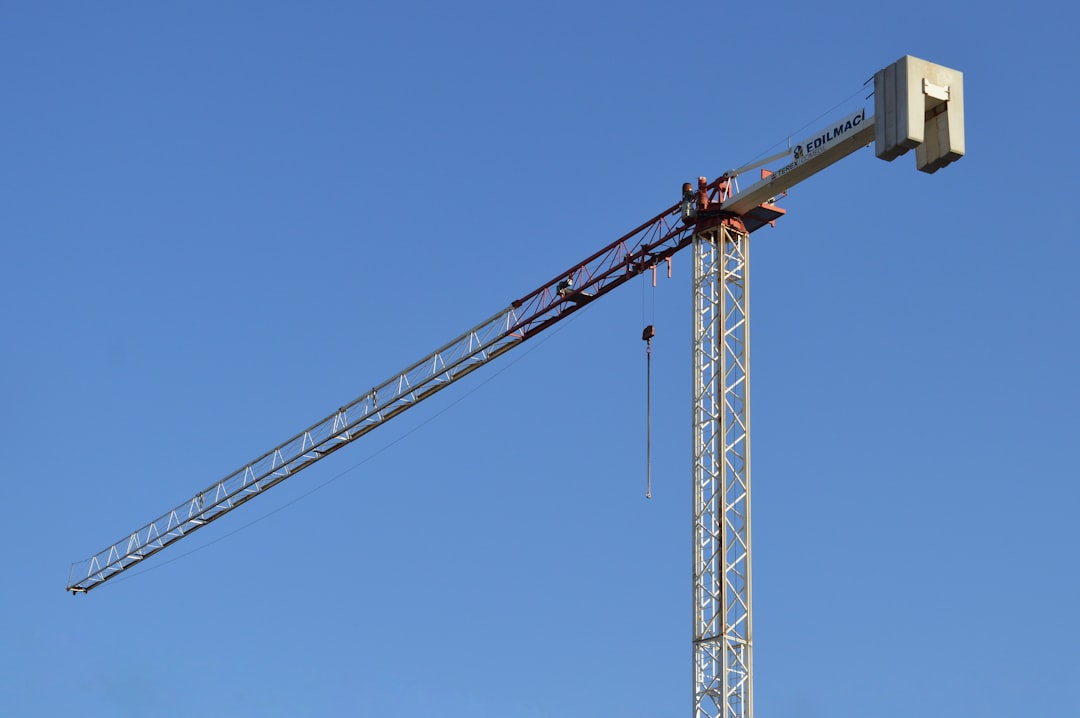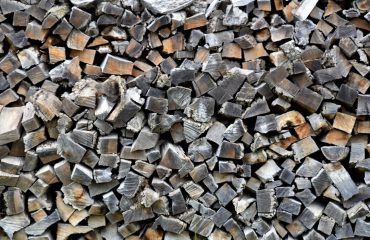Heavy load structures, from towering skyscrapers to massive bridges and industrial equipment, demand exceptional strength and durability. High-strength, high-performance (HEA) steel profiles are increasingly becoming the material of choice for these demanding applications. This comprehensive guide explores the intricacies of HEA profiles, offering insights into their properties, design considerations, and suitability for various heavy load scenarios.
Understanding High-Strength, High-Performance (HEA) Steel
HEA steel, unlike traditional structural steels, boasts significantly higher yield and tensile strengths. This enhanced strength allows for the design of lighter, yet equally robust, structures. The improved strength-to-weight ratio translates to reduced material costs, simplified transportation, and faster construction times. These steels are typically produced through controlled rolling and thermomechanical processing, resulting in a refined microstructure with enhanced mechanical properties. Common HEA steel grades include S355, S460, and S690, each offering a unique balance of strength and ductility. The selection of the appropriate grade depends on the specific load requirements and environmental conditions of the project.
Design Considerations for HEA Profiles in Heavy Load Structures
Designing with HEA profiles requires a nuanced approach that considers several critical factors. While the increased strength is advantageous, it also necessitates careful attention to potential challenges. The higher yield strength can lead to increased brittleness if not handled correctly. Design engineers must account for this by employing advanced finite element analysis (FEA) techniques to accurately predict stress concentrations and potential failure points. Furthermore, the welding of HEA steel requires specialized procedures and skilled welders to avoid issues like heat-affected zone (HAZ) cracking. Proper preheating and post-weld heat treatment (PWHT) may be necessary to mitigate these risks. Careful consideration must also be given to fatigue and fracture mechanics, ensuring the structure can withstand repeated cyclical loading without compromising its integrity.
Optimizing HEA Profile Selection for Specific Applications
The optimal HEA profile for a heavy load structure isn’t a one-size-fits-all solution. The selection process depends heavily on the specific application and loading conditions. For instance, a high-rise building might require different HEA profiles compared to a long-span bridge. Factors such as the magnitude and type of loads (static, dynamic, cyclic), environmental exposure (corrosion, temperature fluctuations), and the overall structural design must be carefully analyzed. Detailed structural analysis using advanced software tools is crucial for determining the appropriate section modulus, moment of inertia, and other relevant properties needed to ensure adequate load-bearing capacity and structural stability. The cost-effectiveness of different profile options should also be considered alongside performance characteristics.
Challenges and Mitigation Strategies in Utilizing HEA Profiles
Despite their advantages, utilizing HEA profiles presents some challenges. The higher strength can lead to increased sensitivity to imperfections and residual stresses, potentially resulting in premature failure if not properly addressed. Careful quality control during manufacturing and construction is essential. Furthermore, the higher cost compared to traditional steels needs to be weighed against the potential long-term benefits, such as reduced material usage and improved structural efficiency. Effective mitigation strategies include rigorous quality control, advanced non-destructive testing (NDT) techniques, and the use of sophisticated design and analysis methods to minimize stress concentrations and ensure optimal performance.
Future Trends and Advancements in HEA Profile Technology
Research and development in HEA steel technology continue to push the boundaries of structural engineering. Advancements in material science are leading to the development of even stronger and more durable HEA steels with improved weldability and formability. The incorporation of advanced manufacturing techniques, such as additive manufacturing (3D printing), holds the potential to revolutionize the design and fabrication of complex HEA profiles for heavy load applications. Furthermore, the integration of smart sensors and monitoring systems within HEA structures allows for real-time health monitoring, enabling predictive maintenance and enhancing overall structural safety and longevity. These ongoing advancements promise to further enhance the performance and reliability of HEA profiles in heavy load structures.
In conclusion, HEA profiles offer significant advantages for heavy load structures, providing superior strength and efficiency. However, their successful implementation requires a thorough understanding of their properties, careful design considerations, and meticulous attention to detail throughout the entire lifecycle of the structure. By leveraging advanced design tools, robust quality control measures, and the latest advancements in material science, engineers can harness the full potential of HEA profiles to create safer, more efficient, and sustainable heavy load structures.
Tags: HEA steel, high-strength steel, heavy load structures, structural engineering, steel profiles




